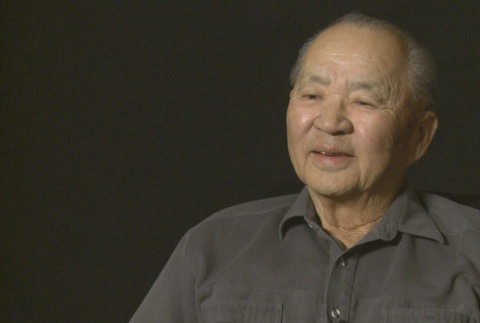936 items
936 items

Narrator Henry Nishi
Nisei male. Born March 20, 1919, in Los Angeles, California. Grew up in several cities in California, where father owned and operated several nurseries and a landscaping business. Attended University of California at Davis prior to World War II. During the war, removed to the Manzanar concentration camp, California, where, along with a group of friends, …

Narrator Daryl Keck
White male of German descent. Born December 5, 1921, in Oketo, Kansas. Worked for a shipyard on Terminal Island, California, when Japan bombed Pearl Harbor on December 7, 1941. Served in the United States Air Force during World War II, and presently lives in Hammett, Idaho.

Narrator Yukiko Takahashi
Nisei female. Born April 20, 1922. Grew up on Bainbridge Island, Washington. Was working as a maid in Seattle when Japan bombed Pearl Harbor on December 7, 1941. During the war, removed to the Manzanar concentration camp, California, and transferred to the Minidoka concentration camp, Idaho.

Narrator Shigeki Sugiyama
Nisei male. Born December 19, 1927, in Alameda, California. Grew up in Alameda. During World War II, removed to the Manzanar concentration camp, California. While in camp, worked at the camouflage net factory and in the camp's hospital. Transferred with family to the Topaz concentration camp, Utah. After leaving camp, was drafted into the U.S. military …

Narrator May Ohmura Watanabe
Nisei female. Born May 13, 1922, in Chico, California. Grew up in Chico, where parents ran a produce store. Was in college when Japan bombed Pearl Harbor, and was removed with her family to the Tule Lake concentration camp, California. Left camp to attend school in Syracuse, New York, and become a public health nurse. Later …

Narrator Larry R. Pacheco
White male. Born November 4, 1922, in San Jose, California. Drafted into the military after Japan bombed Pearl Harbor. During World War II, served as a military police guard at the Tule Lake concentration camp, California. Shipped overseas, and was captured in France as a prisoner of war and held in Germany. After completing military service, …

Narrator Rudy Tokiwa
Nisei male. Born July 7, 1925, near San Jose. Grew up in Salinas, California, until he went to Japan at the age of thirteen. Studied in Japan until about 1939. Incarcerated at the Salinas Assembly Center, California, and Poston concentration camp, Arizona. Volunteered out of camp to serve in the U.S. military. Fought in Europe as …

Narrator Kiyoshi Seishin Yamashita
Nisei male. Born February 14, 1920, in Kent, Washington. Grew up in the nearby town of Auburn, where parents ran a farm. Family was involved Auburn Buddhist Church. Graduated from the University of Washington in 1942 and removed to the Pinedale Assembly Center and Tule Lake concentration camp, California. Recruited out of Tule Lake to teach …

Narrator Joe Kino
Nisei male. Born August 30, 1920. Spent early years in Japan before returning to Bainbridge Island, Washington. During World War II, removed to the Manzanar concentration camp, California, and the Minidoka concentration camp, Idaho. After leaving camp, lived in Chicago, Illinois, for a time before eventually returning to Bainbridge.

Narrator Sadayoshi Omoto
Nisei male. Born October 5, 1922, in Bainbridge Island, Washington. Was attending the University of Washington when Japan bombed Pearl Harbor on December 7, 1941. During World War II, was removed to the Manzanar concentration camp, California. Was drafted into the military and served with the Military Intelligence Service.

Narrator Walter Tanaka
Nisei male. Born February 19, 1918, in Watsonville, California. Drafted into the military before the bombing of Pearl Harbor. Volunteered for the Military Intelligence Service and interrogated Japanese POWs in Australia during the war. After the war, served as a linguist and interpreter in Japan during the U.S. occupation.

Narrator John Y. Hayakawa
Nisei male. Born April 2, 1918, in San Francisco, California. Grew up in San Jose, California, where father ran a farm. Was an active member of the Japanese American Citizens League and helped to run the San Jose office after Japan bombed Pearl Harbor in 1941. During World War II, removed to the Santa Anita Assembly …

Narrator Kay Uno Kaneko
Nisei female. Born October 7, 1932, in Los Angeles, California. Grew up in Los Angeles, age nine when Japan bombed Pearl Harbor in 1941. During World War II, removed with family to the Santa Anita Assembly Center, California, and the Granada (Amache) concentration camp, Colorado. Transferred to the Crystal City internment camp, Texas, so family could …

Narrator Tetsuo Nomiyama
Kibei-Nisei male. Born January 20, 1916, in Alameda, California. At the age of five, family returned to live in Japan. Attended school in Japan before returning to the U.S. in 1937. Drafted into the U.S. Army, and was in training when Japan bombed Pearl Harbor on December 7, 1941. Resisted military orders while in basic training, …
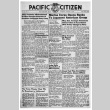
doc
The Pacific Citizen, Vol. 22 No. 1 (January 5, 1946) (ddr-pc-18-1)
Selected article titles: "JACL Protests 'Mistreatment' of Nisei Combat Veterans at Southern California Army Camp" (p. 1), "Marine Corps Opens Ranks To Japanese American Group" (p. 1), "Nisei Accepted by Navy as Ban Lifted" (p. 1), "Ickes Favors Compensation for Evacuee Losses" (p. 1), "Federal Court Delays Action On Tamura Deportation Case; Renunciant Will Get Hearing" …
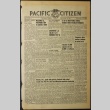
doc
Pacific Citizen, Vol. 43, No. 15 (October 12, 1956) (ddr-pc-28-41)
Selected article titles: " Masaoka ill, postpones trip to Japan a week" (p. 1), "55 of 65 Nisei public office seekers win in Hawaii primaries" (p. 1), "Tabulate 141,000 Japanese in U.S.; 85,000 in California" (p. 1), "Temporary farm workers continue to arrive by air" (p. 1), "Fresno-born Nisei interprets for Japanese emperor" (p. 2), "One …

doc
Pacific Citizen, Vol. 43, No. 8 (August 24, 1956) (ddr-pc-28-34)
Selected article titles: "Sen. Kuchel praises decade of JACL accomplishments in Congress" (p. 1), "Opening Ceremonies program announced; chorals, addresses to be featured" (p. 1), "Issei citizen may win special award" (p. 2), "Over 3,000 assurances for Japanese refugees provided by U.S. citizen" (p. 2), "Nearly 20,000 Issei naturalized American citizens, 14,000 in 1955" (p. 3), …
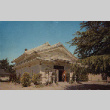
img
Enmanji Temple (ddr-csujad-23-16)
Postcard depicting the Enmanji Temple. The structure was originally built for the Manchurian Railroad Company to be exhibited at the Chicago World Fair in 1932. When the building was brought to Sonoma County and rebuilt as the Buddhist Church, Chief Abbot Ohtani of Japan granted it the title of "Temple," the only building in the United …
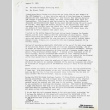
doc
Letter from Cedrick M. Shimo to the Army Discharge Re-hearing Board, August 17, 1983 (ddr-csujad-24-67)
A letter from Cedrick Shimo to the Army Discharge Re-hearing Board regarding Minoru Takaki, a fellow member of the 1800 Engineers, a labor battalion in the U.S. Army made up of Japanese Americans who were considered "misfits" during Word War II. Shimo writes that all the members of the battalion who spent some time in Japan …

img
Sniper training (ddr-csujad-38-498)
A photograph of sniper training in a field. The caption reads: Sniper training [in Japanese]. The annotation reads: 24th Infantry Division Headquarter consisted of 1,000 personnel, including G-1, G-2, G-3, G-4, and military police, car mechanics, and others. There were too many clerical offices to remember. Military exercises were occasionally held. Even clerical staff had to …
![Letter from Ise Sugita to Mrs. Okine, March 23, 1948 [in Japanese] (ddr-csujad-5-236)](https://ddr.densho.org/media/cache/da/1b/da1b3ebaf59da2a3454cb44a055f68bc.jpg)
doc
Letter from Ise Sugita to Mrs. Okine, March 23, 1948 [in Japanese] (ddr-csujad-5-236)
A letter from Ise Sugita to her aunt, Tomeyo Okine. In the letter, Ise thanks Tomeyo for her warm welcome when she visited the Okines'. She writes about the congregation at a temple where she saw the Okines but did not have a chance to talk to them. She gives congratulations on Masao's marriage, admiring his …
![Letter from Jokichi Yamanaka to Mr. and Mrs. S. Okine, February 21, 1948 [in Japanese] (ddr-csujad-5-257)](https://ddr.densho.org/media/cache/5d/69/5d69c477a48cd78c145489c7ddf2c0a1.jpg)
doc
Letter from Jokichi Yamanaka to Mr. and Mrs. S. Okine, February 21, 1948 [in Japanese] (ddr-csujad-5-257)
A letter from Jokichi Yamanaka in Hiroshima, Japan to his brother-in-law and sister-in-law, Seiichi and Tomeyo Okine. He informs of the arrival of the package of gifts from Seiichi and lists the items shared among the Sasakis, the Nakanos, Tsukiyo Okasako, and the Yamanakas. The items include: sugar, towels, cloth, sewing threads, safety pins, sewing needles, …

vh
An Oral History with Katsuma Mukaeda (ddr-csujad-29-56)
Chairman of Japanese American Cultural Center and former president of Japanese Chamber of Commerce recounts conditions of prewar Los Angeles's Little Tokyo, its wartime conversion into a black community, postwar reestablishment as a Japanese-American cultural and commercial center. Includes comments on discriminatory legislation, prewar Japan-American relations. World War II removal and incarceration, camp conditions, wartime repatriation …
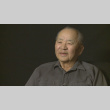
vh
Yoshimitsu Suyematsu Interview (ddr-one-7-66)
Nisei male. Born May 30, 1927, on Bainbridge Island, Washington. Grew up on Bainbridge, where parents ran a strawberry farm. During World War II, removed to the Manzanar concentration camp, California, then transferred to the Minidoka concentration camp, Idaho. After leaving camp, returned to Bainbridge for a time and then volunteered for the military, serving in …
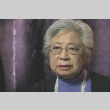
vh
Betty Fumiye Ito Interview (ddr-densho-1000-189)
Nisei female. Born March 29, 1918, in Seattle, Washington, and spent childhood in Medina and Bellevue, Washington. While in high school was a member of the Bellevue Strawberry Festival's Queen's Court. In 1939 married Kenji Ito, a prominent Japanese American lawyer who practiced in Seattle. Following the bombing of Pearl Harbor, recounts her experiences as her …

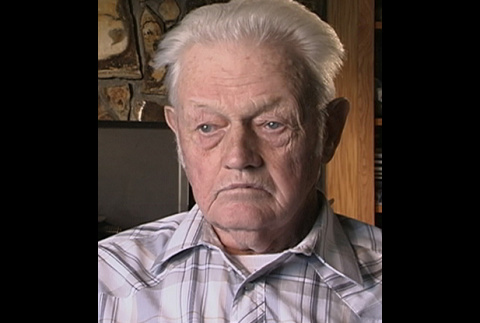
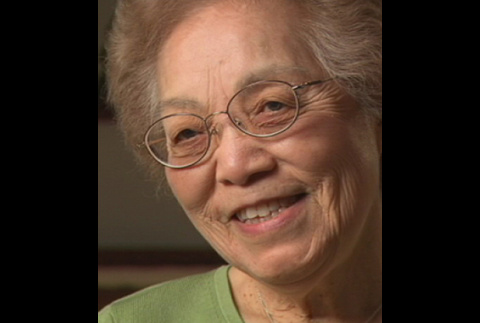
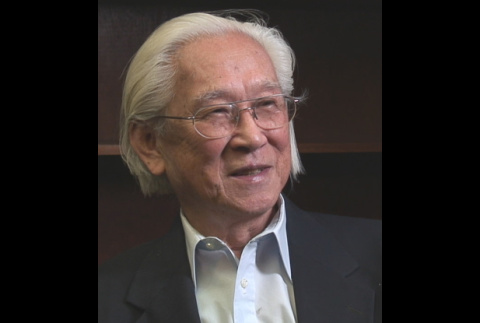
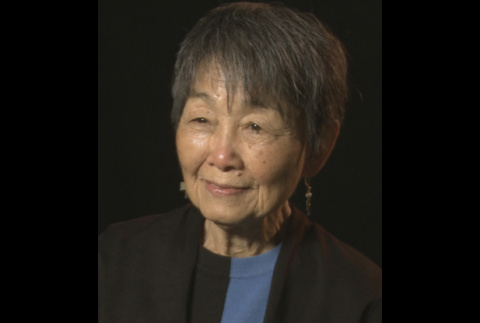
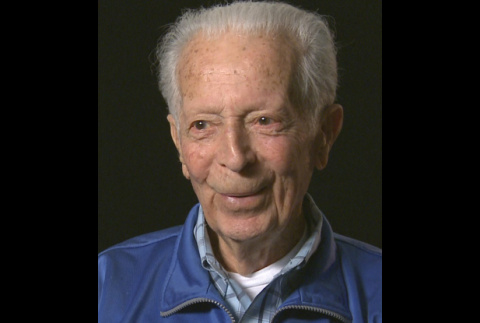
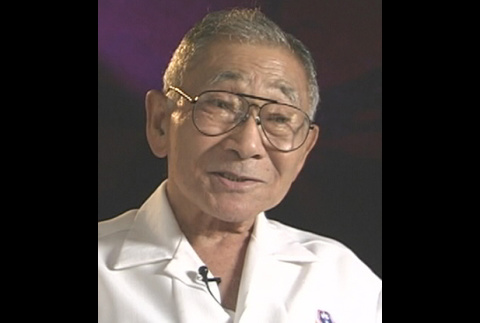

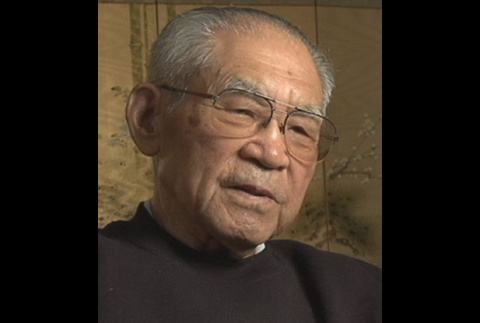
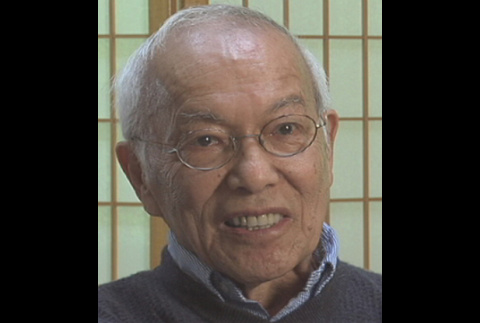
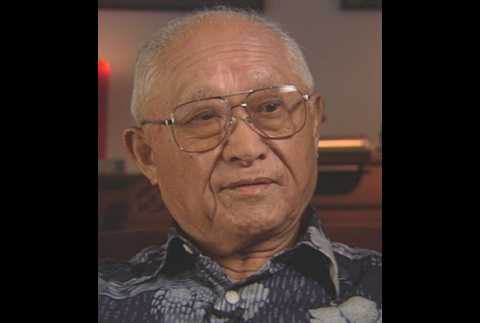

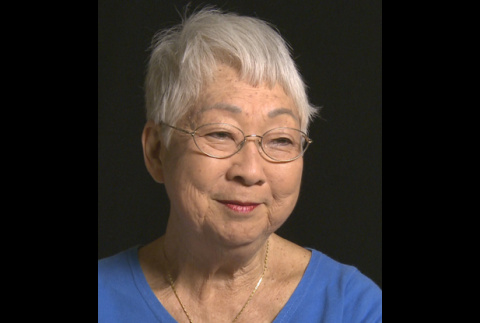
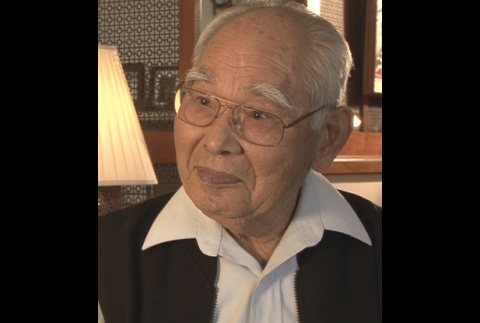
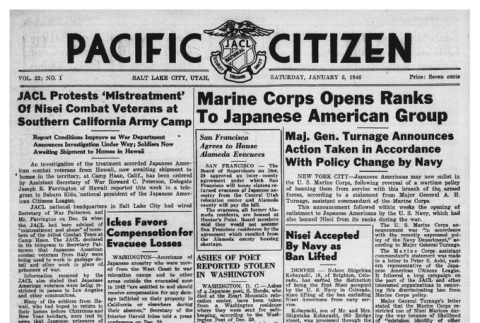
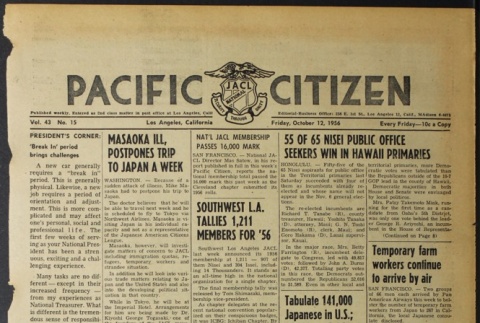
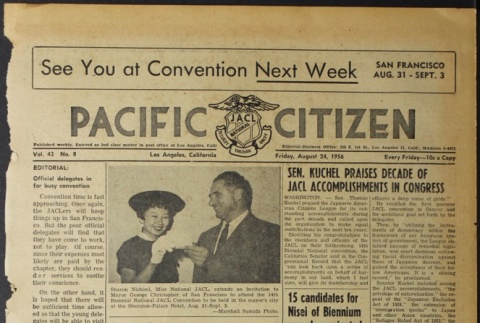
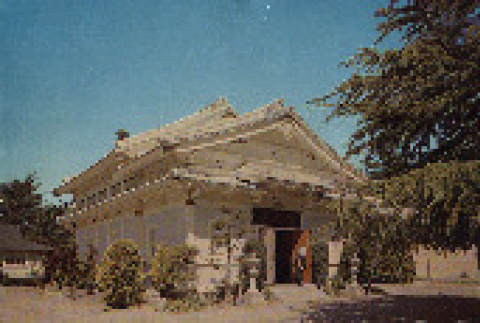

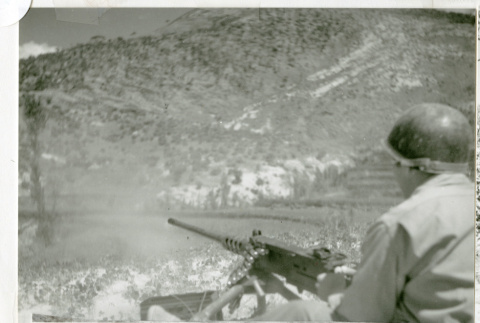
![Letter from Ise Sugita to Mrs. Okine, March 23, 1948 [in Japanese] (ddr-csujad-5-236)](https://ddr.densho.org/media/cache/bb/be/bbbe2ce024d6099bbe425bf545a5e9f5.jpg)
![Letter from Jokichi Yamanaka to Mr. and Mrs. S. Okine, February 21, 1948 [in Japanese] (ddr-csujad-5-257)](https://ddr.densho.org/media/cache/83/ed/83ede5bc96d8e27a29b8da07924bd383.jpg)

